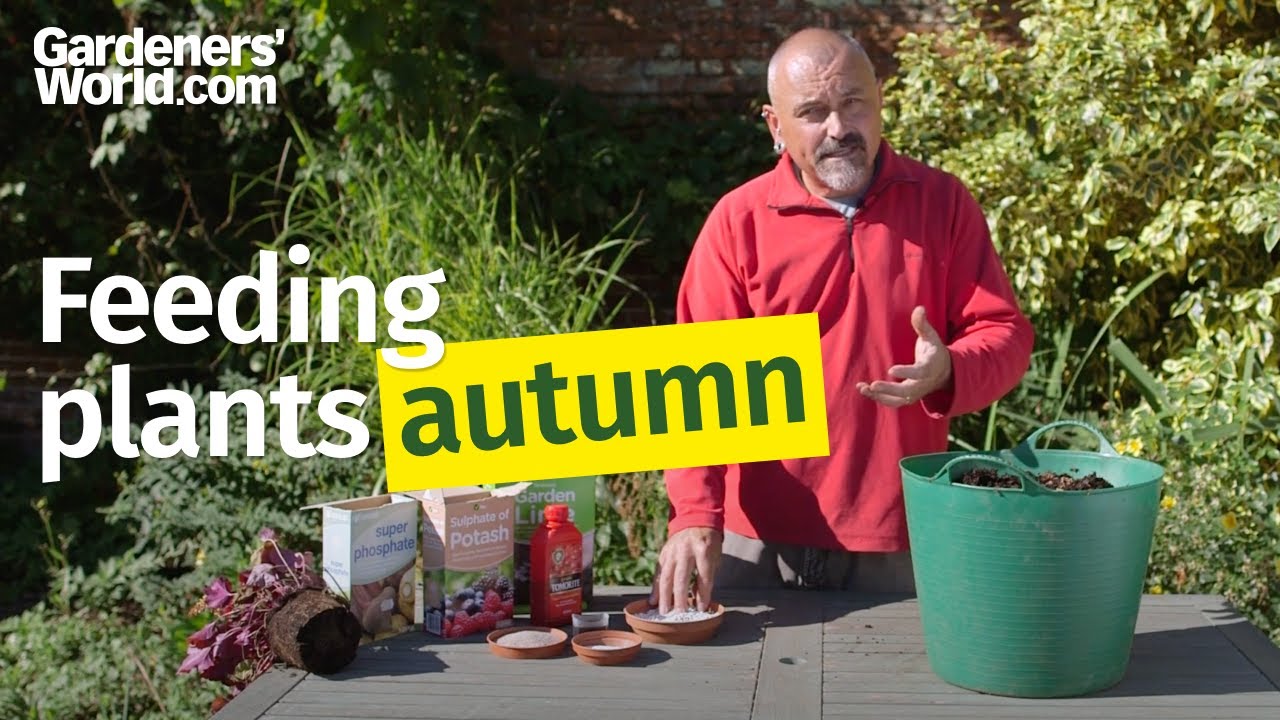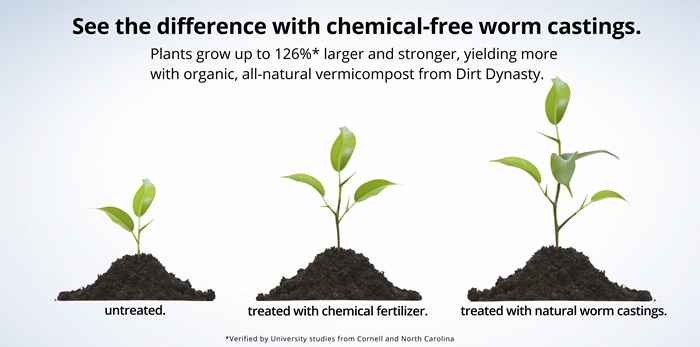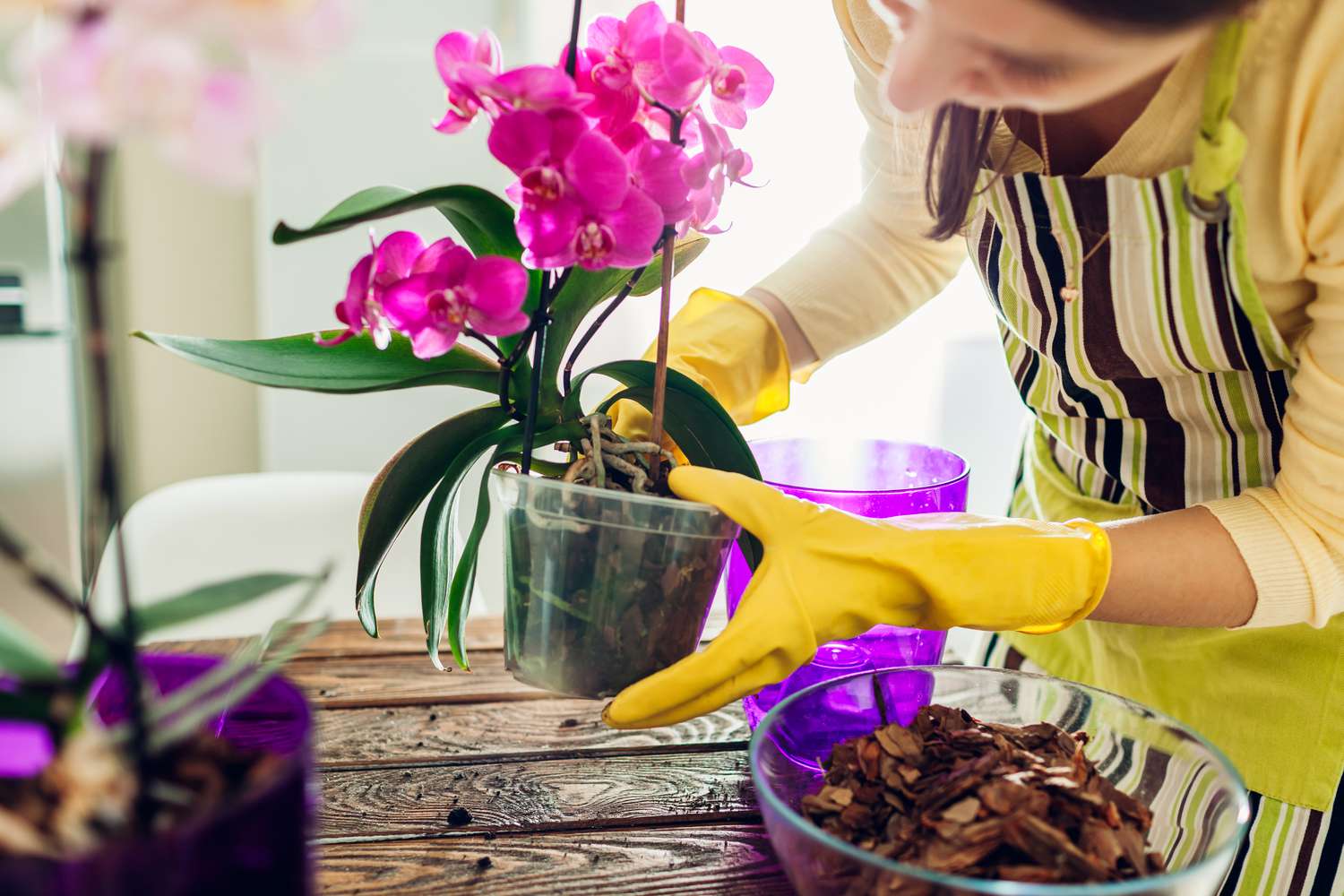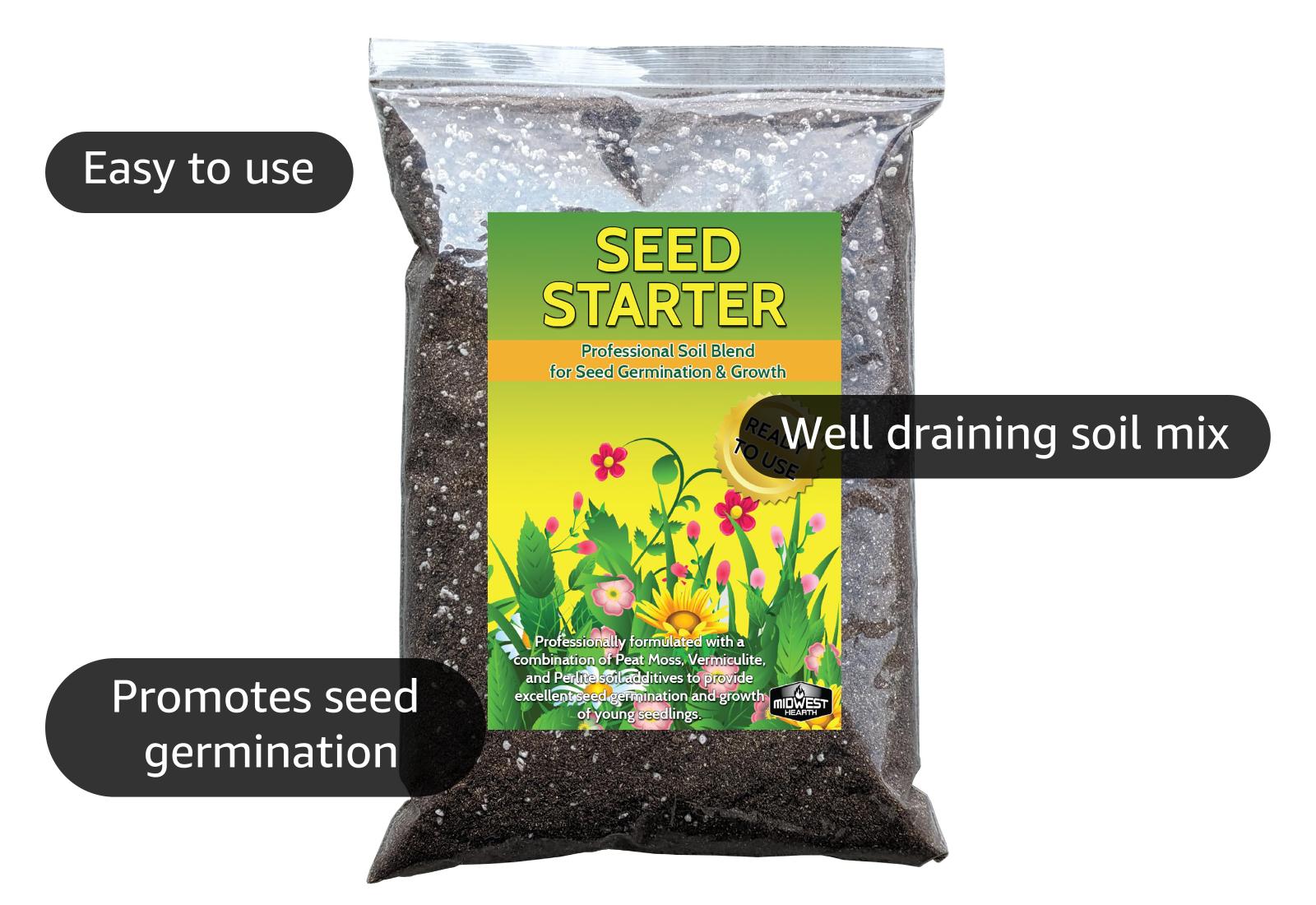How to Feed Plants in Autumn
As the autumn season approaches, it is important to adjust your plant care routine to ensure that your green friends continue to thrive during the colder months. Feeding your plants in autumn is essential to support their growth and prepare them for the coming winter. Here are some tips on how to feed your plants in autumn:
1. Choose the Right Fertilizer
When feeding your plants in autumn, it is crucial to choose the right fertilizer. Look for a fertilizer that is specifically formulated for autumn feeding, as it will contain the necessary nutrients to help your plants through the season. Opt for a slow-release fertilizer to provide a steady supply of nutrients to your plants over time.
2. Feed According to Plant Needs
Not all plants will require the same amount of feeding in autumn. Some plants may be entering a period of dormancy and will require less fertilizer, while others may still be actively growing and will need more nutrients. Pay attention to the specific needs of each plant in your garden and adjust your feeding schedule accordingly.
3. Feed at the Right Time
It is important to feed your plants at the right time in autumn to ensure that they receive the nutrients they need to thrive. Feed your plants in the early morning or late afternoon to avoid burning the leaves in the hot midday sun. Avoid feeding your plants during the evening, as this can promote the growth of harmful fungi.
4. Use Organic Fertilizers
Consider using organic fertilizers to feed your plants in autumn. Organic fertilizers are made from natural materials and provide a slow-release source of nutrients for your plants. They also help improve soil health and promote beneficial microbial activity in the soil, which can help your plants better absorb nutrients.
5. Monitor Soil Moisture
Pay attention to the moisture levels in the soil when feeding your plants in autumn. Over-watering can lead to nutrient leaching, while under-watering can prevent your plants from absorbing nutrients properly. Use a moisture meter to determine when to water your plants and adjust your feeding schedule accordingly.
6. Supplement with Compost
In addition to using a fertilizer, consider supplementing your plant feeding routine with compost. Compost is a natural source of nutrients for your plants and can help improve soil structure and fertility. Mix compost into the soil around your plants or use it as a top dressing to provide an extra boost of nutrients.
7. Keep an Eye on Plant Health
Finally, keep an eye on the health of your plants as you feed them in autumn. Look out for signs of nutrient deficiencies, such as yellowing leaves or poor growth, and adjust your feeding schedule as needed. Regularly inspect your plants for pests and diseases, as these can impact their ability to absorb nutrients.
By following these tips on how to feed your plants in autumn, you can ensure that your green friends remain healthy and strong throughout the colder months. With the right care and attention, your plants will be ready to thrive when spring arrives once again.



